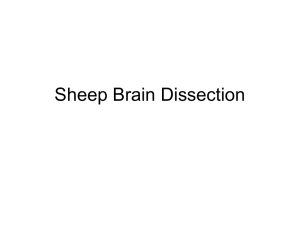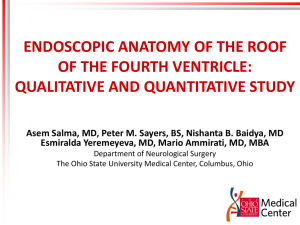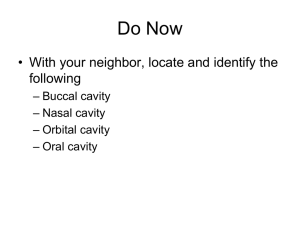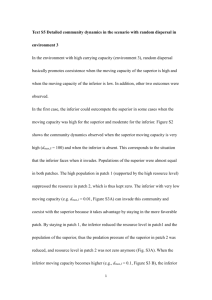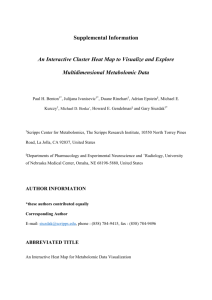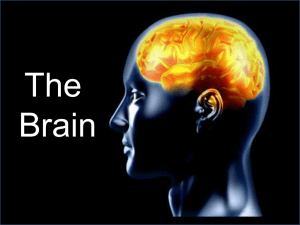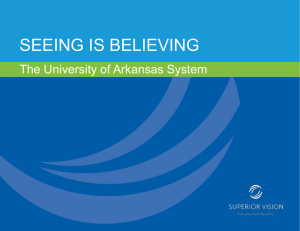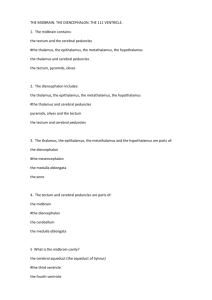In biological anatomy, the mesencephalon (or midbrain) comprises
advertisement
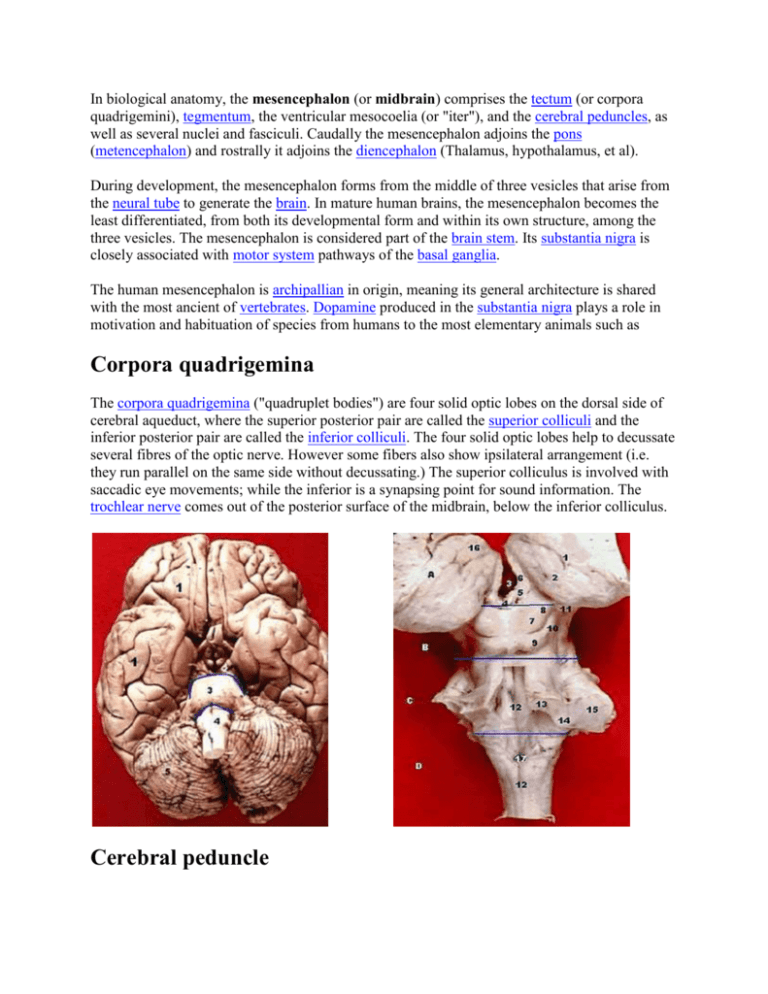
In biological anatomy, the mesencephalon (or midbrain) comprises the tectum (or corpora quadrigemini), tegmentum, the ventricular mesocoelia (or "iter"), and the cerebral peduncles, as well as several nuclei and fasciculi. Caudally the mesencephalon adjoins the pons (metencephalon) and rostrally it adjoins the diencephalon (Thalamus, hypothalamus, et al). During development, the mesencephalon forms from the middle of three vesicles that arise from the neural tube to generate the brain. In mature human brains, the mesencephalon becomes the least differentiated, from both its developmental form and within its own structure, among the three vesicles. The mesencephalon is considered part of the brain stem. Its substantia nigra is closely associated with motor system pathways of the basal ganglia. The human mesencephalon is archipallian in origin, meaning its general architecture is shared with the most ancient of vertebrates. Dopamine produced in the substantia nigra plays a role in motivation and habituation of species from humans to the most elementary animals such as Corpora quadrigemina The corpora quadrigemina ("quadruplet bodies") are four solid optic lobes on the dorsal side of cerebral aqueduct, where the superior posterior pair are called the superior colliculi and the inferior posterior pair are called the inferior colliculi. The four solid optic lobes help to decussate several fibres of the optic nerve. However some fibers also show ipsilateral arrangement (i.e. they run parallel on the same side without decussating.) The superior colliculus is involved with saccadic eye movements; while the inferior is a synapsing point for sound information. The trochlear nerve comes out of the posterior surface of the midbrain, below the inferior colliculus. Cerebral peduncle The cerebral peduncles are paired structures, present on the ventral side of cerebral aqueduct, and they further carry tegmentum on the dorsal side and cresta or pes on the ventral side, and both of them accommodate the corticospinal tract fibres, from the internal capsule (i.e ascending + descending tracts = longitudinal tract.) the middle part of cerebral peduncles carry substantia nigra (also called "Black Matter") which is a type of basal nucleus. It is the only part of the brain that carries melanin pigment. Between the peduncles is the interpeduncular fossa, which is a cistern filled with cerebrospinal fluid. The oculomotor nerve comes out between the peduncles, and the trochlear nerve is visible wrapping around the outside of the peduncles. Cross-section through the midbrain The midbrain is usually sectioned at the level of the superior and inferior colliculi. A cross-section at the level of the superior colliculus shows the red nucleus, the nuclei of the oculomotor nerve (and associated Edinger-Westphal nucleus), as well as the substantia nigra. The substantia nigra is still present at inferior colliculus level. Also apparent are the trochlear nerve nucleus, and the decussation of the superior cerebellar peduncles. The cerebral aqueduct runs through the midbrain, and is the communication between the third and fourth ventricle. As a mnemonic the mesencephalic cross-section resembles a bear (or teddy bear) upside down with the two red nuclei as the eyes and the crus cerebri as the ears. Organization mesencephalon o tectum inferior colliculi superior colliculi o cerebral peduncle midbrain tegmentum crus cerebri substantia nigra Additional images Ventral midbrain Diagram of the midbrain, sectioned at Chick embryo of thirtythe level of the superior three hours’ incubation, colliculus viewed from the dorsal aspect. X 30. Transverse section of Transverse section of mid-brain at level of mid-brain at level of superior colliculi. inferior colliculi. Human brain frontal (coronal) section anterior face of brainstem Embryo between eighteen and twentyone days. Embryonic brain Human cerebrum lateral view Mesencephalon (Animation) internal view of basal ganglia external view of basal ganglia posterior face of brainstem external face of brainstem
